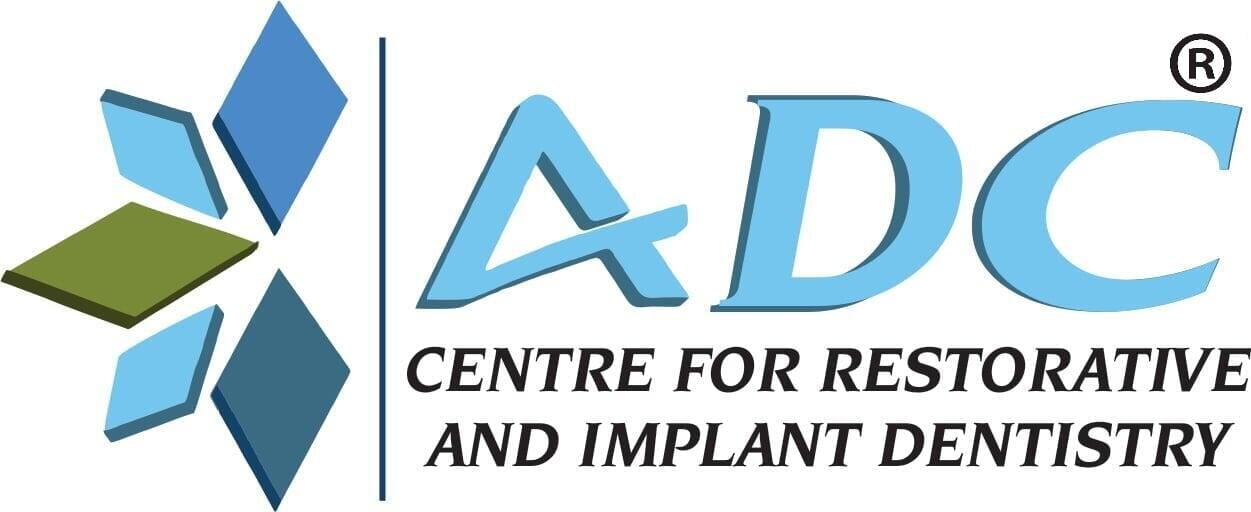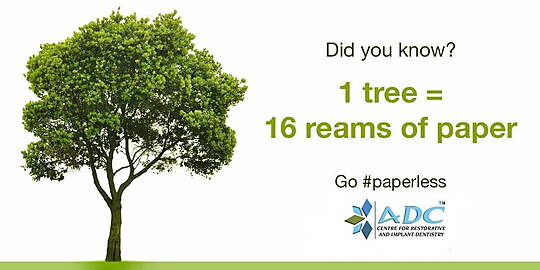Tooth preparation is a crucial step in the process of getting a dental crown. After your tooth has been prepared, it is important to follow the instructions provided by your dentist to ensure proper healing and to avoid complications. In this blog, we will discuss the instructions that you should follow after tooth preparation for a dental crown procedure.
Managing Pain and Discomfort
Managing Pain and Discomfort
One of the first things you may experience after tooth preparation for a dental crown procedure is pain or discomfort. Your dentist will likely prescribe pain medication to help alleviate any discomfort you may feel. It is important to take the medication as directed and to avoid taking any over-the-counter pain medication without consulting your dentist first. Additionally, you may experience sensitivity to hot and cold temperatures for a few days after the procedure. To manage this sensitivity, avoid consuming hot or cold beverages or foods and use a desensitizing toothpaste to help reduce the sensitivity.
Avoiding Biting and Chewing
Avoiding Biting and Chewing
After your tooth has been prepared, it is important to avoid biting or chewing on the side of the mouth where the tooth was prepared. This is because the tooth will be temporarily filled with a temporary crown, and biting or chewing on it can cause it to dislodge or break. If the temporary crown does come off or break, contact your dentist as soon as possible to have it replaced.
Maintaining Good Oral Hygiene
Maintaining Good Oral Hygiene
Maintaining proper oral hygiene is crucial after tooth preparation for a dental crown procedure. Brush and floss your teeth regularly, but be sure to avoid the area where the tooth was prepared. Your dentist may also recommend using an antimicrobial mouthwash to help prevent infection.
Keep Follow-Up Appointments
Keep Follow-Up Appointments
It is important to keep all follow-up appointments with your dentist after tooth preparation. These appointments will allow your dentist to check on the healing process and to ensure that the temporary crown is fitting properly. If any issues are detected, your dentist will make the necessary adjustments. This can include adjustments to the size, shape or fit of the temporary crown.
Managing Temporary Crown
Managing Temporary Crown
A temporary crown is usually placed on the prepared tooth after the tooth preparation procedure. This is to protect the tooth and to give the patient a functional bite. The temporary crown is usually made of acrylic or metal and is held in place with temporary cement. It is important to understand that the temporary crown is not as strong as the permanent crown and it can come off or break easily. If this happens, it is important to contact your dentist as soon as possible to have it re-cemented or replaced.
Eating and Drinking
Eating and Drinking
After tooth preparation, it is important to be mindful of what you eat and drink. It is recommended to avoid hard, crunchy, or sticky foods that can dislodge or break the temporary crown. You should also avoid consuming hot or cold beverages and foods as they can cause sensitivity to the prepared tooth. It is best to stick to soft, cool, and non-acidic foods for the first few days after the procedure.
Oral Hygiene
Oral Hygiene
Maintaining good oral hygiene is crucial after tooth preparation. Brush and floss your teeth regularly, but be sure to avoid the area where the tooth was prepared. Your dentist may also recommend using an antimicrobial mouthwash to help prevent infection. It is important to note that it's not recommended to floss the area where the temporary crown is located, as it could dislodge it. In this case, it is best to use an interdental brush to clean between your teeth and gums.
Follow-up Visits
Follow-up Visits
It is important to schedule and attend follow-up visits with your dentist after tooth preparation. These visits will allow your dentist to check on the healing process, the fit of the temporary crown, and to take any necessary impressions for the permanent crown.
Finally, it is important to be patient and to understand that the healing process takes time. It can take several weeks for the tooth to fully heal and for the permanent crown to be placed. During this time, it is important to follow all instructions provided by your dentist and to avoid engaging in activities that could cause injury to the tooth.
Final Words
In conclusion, tooth preparation for a dental crown procedure is a crucial step in the process. Following the instructions provided by your dentist, managing pain and discomfort, practicing good oral hygiene, keeping all follow-up appointments, managing the temporary crown, being mindful of what you eat and drink, and being patient are all important to ensure proper healing and to avoid complications. If you have any questions or concerns about your tooth preparation or the healing process, be sure to talk to your dentist. Remember to take care of your oral hygiene, avoid hard and crunchy foods, and attend all follow-up visits, in order to ensure a successful healing process and the longevity of your dental crown.
Join the movement #paperless
Going Paperless can help save the Earth from climate change and biodiversity loss. It is a big task, but we know we can do it together. Get Help in going Paperless.
Medical Disclaimer:
The content of ADC-Centre for Restorative and Implant Dentistry's Blog/website is for information only, not advice or guarantee of any outcome. Information is gathered and shared from reputable sources; however, ADC-Centre for Restorative and Implant Dentistry is not responsible for errors or omissions in reporting or explanation. No individuals, including those under our active care, should use the information, resources or tools contained within to self-diagnosis or self-treat any health-related condition. ADC-Centre for Restorative and Implant Dentistry gives no assurance or warranty regarding the accuracy, timeliness or applicability or the content.
ADC-Centre for Restorative and Implant Dentistry accepts no liability for errors, inaccuracies, omission, or misleading statements. ADC-Centre for Restorative and Implant Dentistry excludes liability for any losses, demands, claims or damages of any kind regarding information, content, or services at this blog/website. The information may be updated at any time, especially as medical/dental discoveries and research evolves regarding the dentistry and its conditions. At no time does ADC-Centre for Restorative and Implant Dentistry take any responsibility for any action taken or care chosen in reliance on information contained in this blog or this website.















